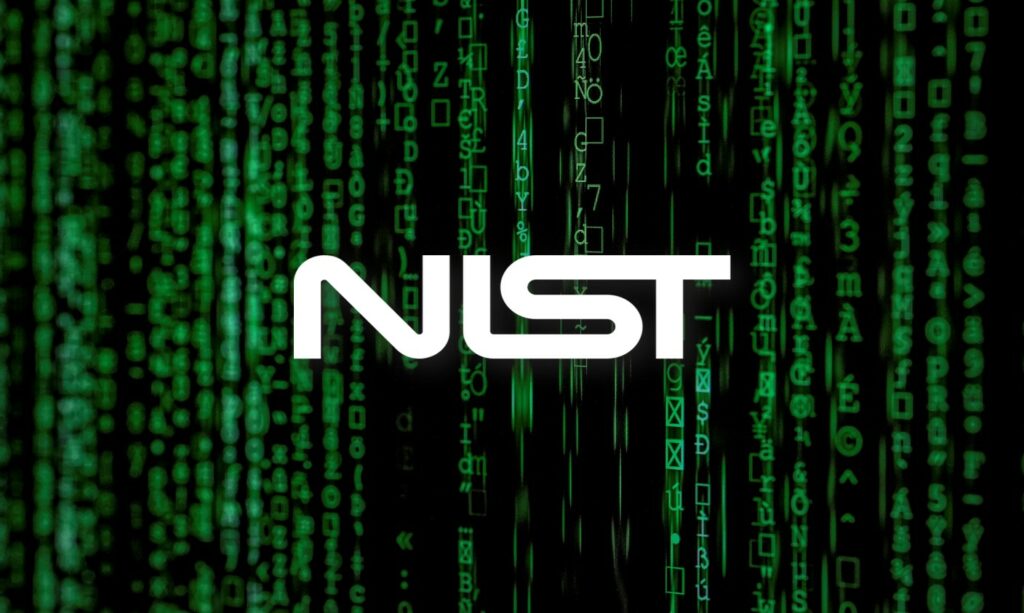
The National Institute of Standards and Technology (NIST), through its National Cybersecurity Center of Excellence (NCCoE), has introduced a decentralized data approach to help manufacturers and critical infrastructure sectors protect their supply chains and operating environments. The document introduces a meta-framework designed to improve traceability across diverse supply chains by enabling the structured recording, linking, and retrieval of traceability data.
As part of this effort, NIST has released a reference implementation (RI) for the Minimum Viable Product (MVP) to test experimental supply chain ecosystems in a controlled laboratory environment. The implementation examines how traceability data can be shared across industries and critical end-use environments, addressing key challenges such as interoperability, cybersecurity, governance, and data analytics.
The RI MVP is based on the NIST IR 8419 standard and draws on the meta-framework outlined in the NIST IR 8536 standard. This framework provides a technology-neutral model for Organize, connect, and query traceability data across diverse systems and stakeholders. Serving as an architectural model, it supports the development and testing of traceability solutions for industry-managed ecosystems, with the goal of strengthening transparency, risk management, and resilience in modern supply chains.
In early August, NIST released the second public draft of NIST Internal Report 8536, Supply Chain Traceability: Manufacturing Meta-Framework. The initiative supports U.S. manufacturers in securing their supply chains by developing a reference implementation that demonstrates how to securely exchange component traceability data across distributed ecosystems. The meta-framework improves end-to-end supply chain traceability by organizing, linking, and querying traceability data across diverse manufacturing environments.
Through trusted data repositories, stakeholders can access the supply chain information needed to verify product provenance, demonstrate compliance with regulatory and contractual obligations, and assess supply chain integrity.
The meta-framework defines key principles to strengthen visibility, reliability and integrity in supply chain traceability. It emphasizes the need for common data and ontologies to ensure that information remains structured, interoperable, and understandable across industries.
It also emphasizes the importance of secure and verifiable repositories within industrial ecosystems to manage traceability records. Traceability itself is established through event-based records, such as production, shipping, and receiving, which are linked via cryptographically verifiable connections. Together, these sequential records form traceability chains that allow stakeholders to confirm the history and movement of products along the supply network.
Offering a scalable solution to improve traceability across industries, the meta-framework enables organizations to securely exchange supply chain data. With the increasing complexity of global supply chains, this approach strengthens integrity, supports compliance with legal, contractual, and operational obligations, and fosters stakeholder trust.
The primary objectives of the meta-framework are to improve supply chain transparency by providing a structured approach for recording and linking traceability data, ensuring greater visibility across ecosystems. It aims to ensure data interoperability through a common model that enables integration between industry players, ecosystems, and external stakeholders. Another goal is to strengthen the verification of product authenticity and provenance by supporting mechanisms that allow stakeholders to confirm the origin and lineage of components, materials, and finished products.
The framework also enables organizations to meet traceability requirements established by contracts, standards, or regulations through a structured data sharing model. Furthermore, it emphasizes improving security, data integrity, and privacy by defining best practices for authentication, access control, and cryptographic validation, ensuring that traceability data remains accurate, tamper-proof, and adequately defined to protect sensitive information. Finally, it facilitates ecosystem governance by allowing stakeholders to define rules that align with external obligations and expectations, while ensuring effective traceability.
Follow us on Google News to receive daily updates on cybersecurity. Contact us if you would like to report news, insights or content for publication.
